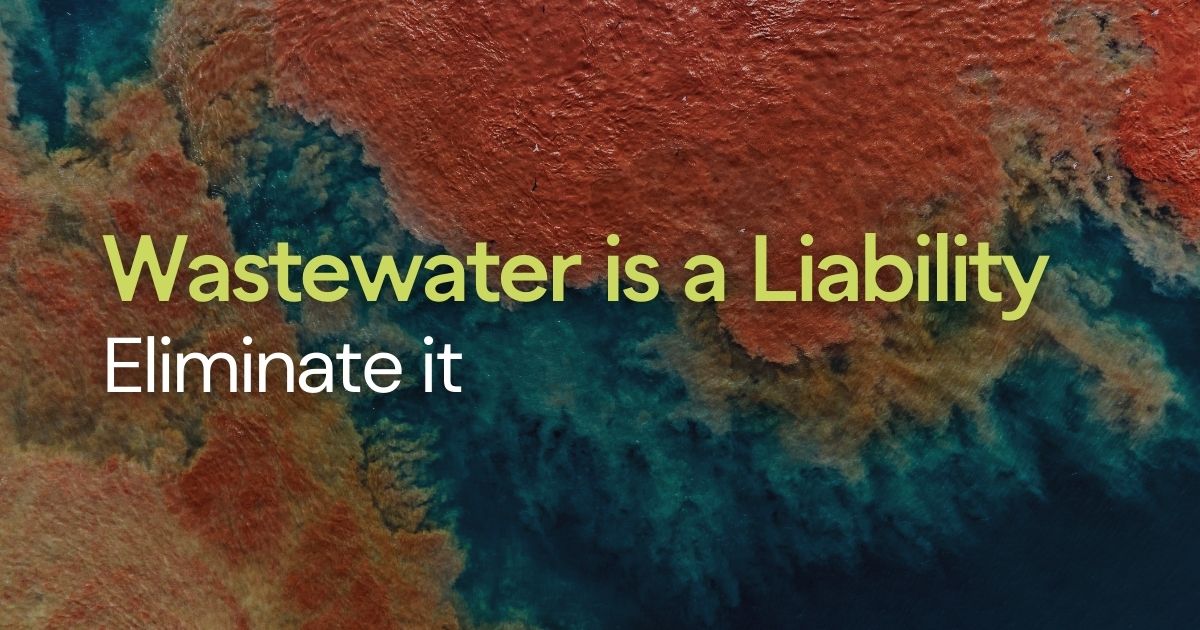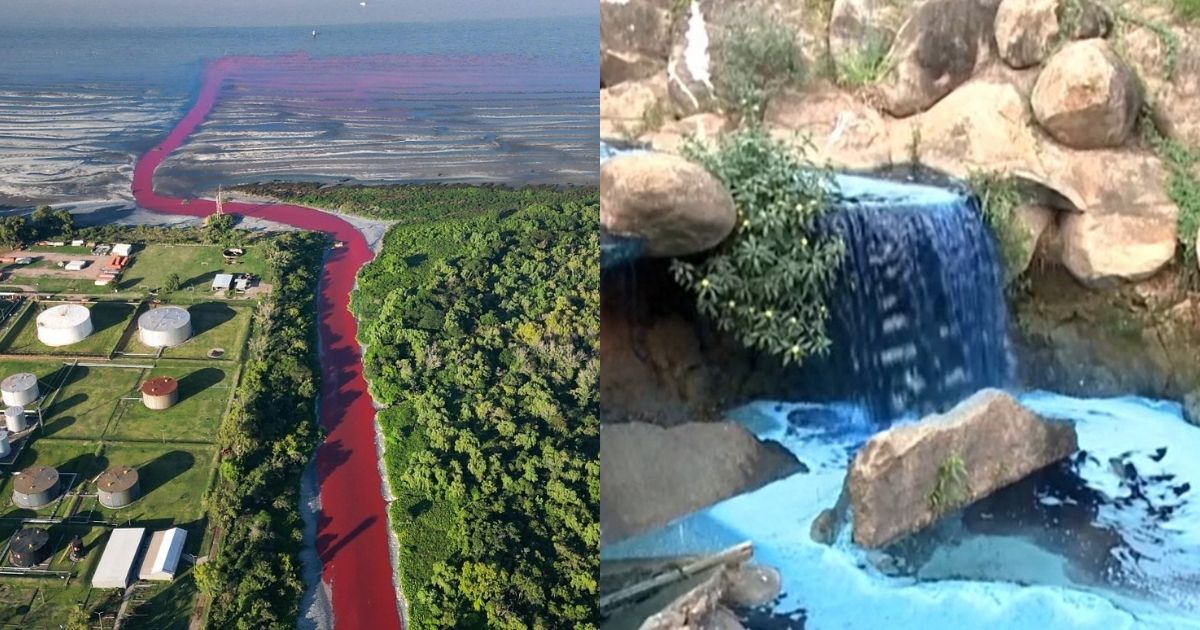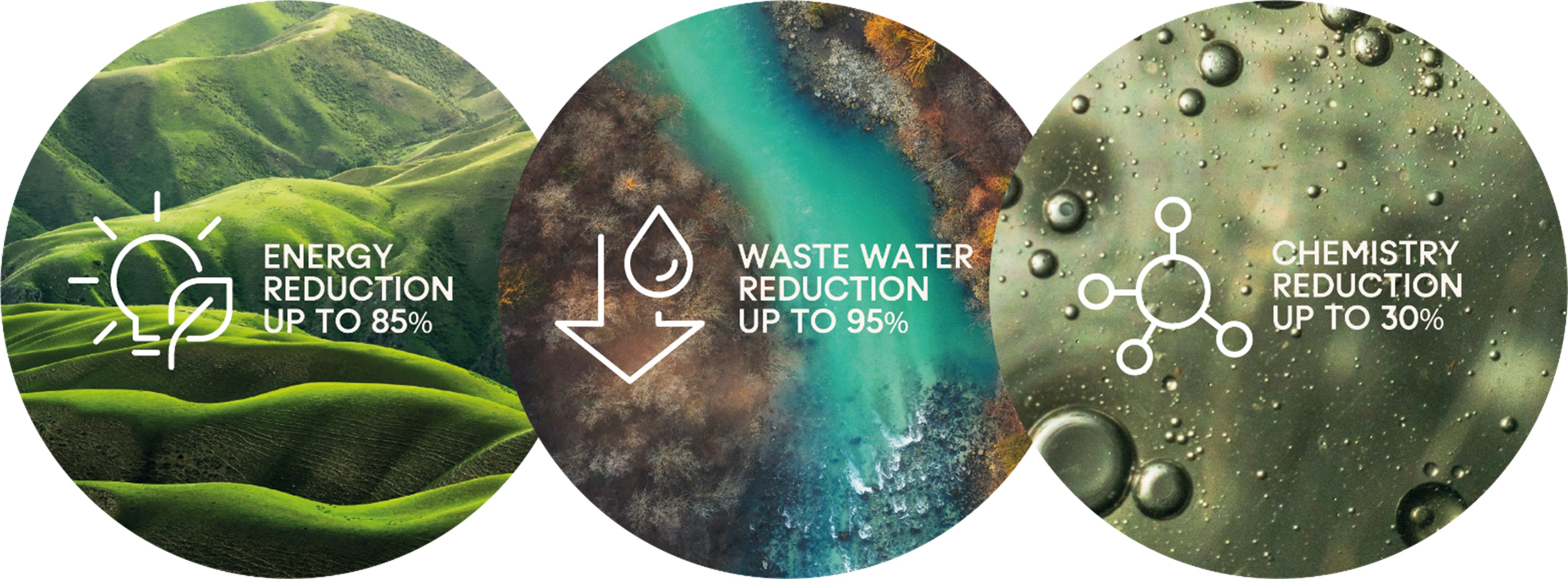 In the global conversation around climate change, one environmental threat is often underestimated, wastewater from industrial processes. Nowhere is this more visible than in textile dyeing, an industry drowning in heavy water consumption and chemical waste. With the textile industry seeking more sustainable textile dyeing methods to address environmental concerns, clean-tech innovations such as digital textile dyeing flip wastewater from being a liability, improving sustainability credentials of brands and their dyehouse partners.
In the global conversation around climate change, one environmental threat is often underestimated, wastewater from industrial processes. Nowhere is this more visible than in textile dyeing, an industry drowning in heavy water consumption and chemical waste. With the textile industry seeking more sustainable textile dyeing methods to address environmental concerns, clean-tech innovations such as digital textile dyeing flip wastewater from being a liability, improving sustainability credentials of brands and their dyehouse partners.
What is Wastewater?
Wastewater is a mix of hazardous substances, such as dyes and pigments, solvents, optical brighteners, fabric softeners, and finishing agents. Most of which contain “forever chemicals” (like per- and polyfluoroalkyl substances [PFAS]), particularly for polyester fabrics, which are extremely damaging to drinking water quality, local waterways, and coastline environments. With pollutants and microfibres being found in 83% of tap water samples worldwide.
Rivers and Oceans of Wastewater
Across the globe in 2025, from Buenos Aires in Argentina and Sao Paulo in Brazil to across India, wastewater pollution is a significant concern for waterways, affecting communities that depend on water sources for daily use and local businesses. Tackling this issue is not only vital for safeguarding health and ecosystems, but also avoiding the rising costs linked to polluted water.

Polluted waterways in Argentina and Brazil (BBC, 2025).
Dyeing at a Cost
For brands and their dyehouse partners, wastewater is not just an environmental issue, it’s a financial liability. Many factories still lack functioning wastewater treatment plants and cite high compliance costs as a major barrier to meet regulatory requirements. This is because the substances within wastewater often contain microfibres and pollutants that are too small to be filtered out by most treatment plants, allowing them to pass directly into rivers and oceans.
Within traditional textile dyeing, every new regulation brings about more retrofitting, more cost, causing more downtime in production. Treatment plants are a financial constraint for any dyehouse, particularly for SMEs.
The Wave of Sustainable Textile Dyeing
As environmental regulations tighten worldwide, a new wave of sustainable textile dyeing started becoming a demand for dyehouses and brands. There are different types of sustainable textile dyeing, whether that be through clean-tech discoveries, such as waterless textile dyeing or an innovation with biodegradable dyes. What’s clear is that sustainable textile dyeing has emerged as a leading force in tackling the industry’s wastewater problem.
Turning the Tide on Wastewater
As a sustainable alternative to traditional textile dyeing, we at Alchemie Technology create digital textile dyeing solutions that are readily available to tackle the wastewater crisis, both financially and environmentally.
 Through our lab-scale Discovery and full-scale production Endeavour™ solutions, you can dye natural or synthetic fibres, at a fraction of the environmental footprint of traditional textile dyeing. We dispense nanolitre droplets of dye at lower temperatures and lower-liquor ratios compared to traditional dyeing. Our solutions are dye agnostic, enabling the processing of either yours, ours, or other industry standard dyes, aligning and complying with industry regulations.
Through our lab-scale Discovery and full-scale production Endeavour™ solutions, you can dye natural or synthetic fibres, at a fraction of the environmental footprint of traditional textile dyeing. We dispense nanolitre droplets of dye at lower temperatures and lower-liquor ratios compared to traditional dyeing. Our solutions are dye agnostic, enabling the processing of either yours, ours, or other industry standard dyes, aligning and complying with industry regulations.
By adopting Alchemie’s clean-tech digital textile dyeing solutions, brands and dyehouses can scale their operations while eliminating wastewater and staying ahead of evolving regulations. Together, we can strengthen trust with environmentally conscious consumers and future-proof operations, positioning your business at the forefront of efficiency and environmental leadership.
Eliminate wastewater. Build a sustainable future.
Contact us at enquiries@alchemietechnology.com.